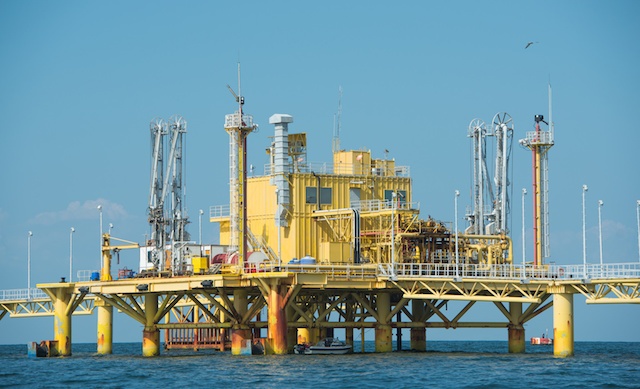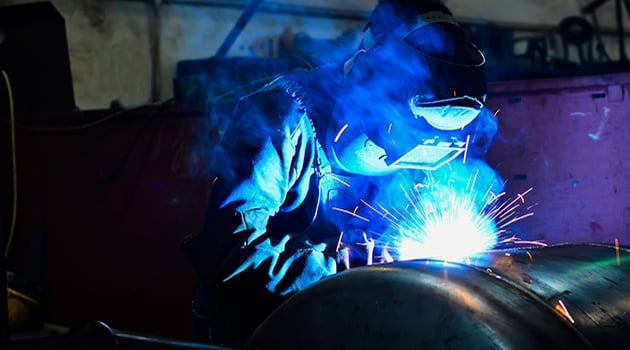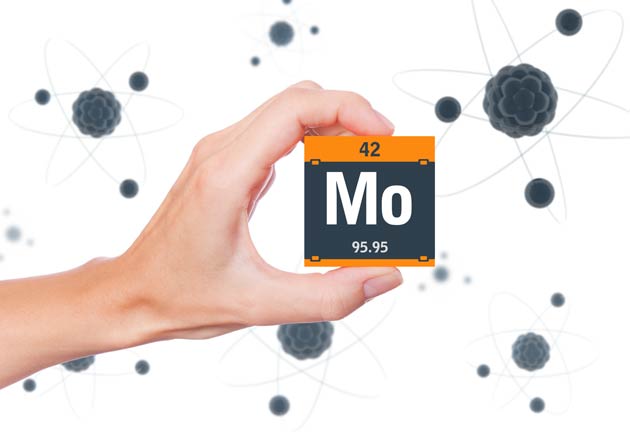
The famous Aristotle quote, ‘The whole is greater than the sum of its parts,’ is particularly apt here. Alloys are a mixture of a number of different metals and other elements, each lending their own properties to the compound. Alloys can, therefore, take on these properties within the mixture, blending together the best of all the metals and elements they incorporate. More than that though, alloys can exhibit unique properties that are different to the metals they are made up of, created through the careful combination of different elements. It’s a skilled balancing act, but one that produces huge benefits.
Alloys are, for example, generally harder than pure metals. They are made up of atoms of different sizes, rather than being uniform. This means that the layers of atoms cannot slide over each other easily, making the whole alloy much stronger than any of the pure metals that the alloy contains in isolation. Alloys also tend to have better corrosion resistance than pure metals, and are more versatile for manipulating into different forms.
The benefits of INCONEL alloys
Alloys are specifically crafted to enhance the properties of the metals and elements they contain, as well as to engineer specific characteristics. The nickel alloys that Corrotherm stocks are all good examples of how the different combinations of component elements creates attractive properties that serve the oil and gas industry.
For example, the popular INCONEL alloy 625 offers high strength, excellent fabricability and outstanding corrosion resistance. These desirable properties are due to the combination of elements that make up the alloy as a whole. As well as nickel and chromium, which together form a strong, versatile and resistance base, this alloy adds in molybdenum and niobium, a potent combination that gives very specific advantages. They distort the alloy’s atomic matrix, resulting in extremely high strength without the need for deliberate strengthening heat treatments.
The alloy gives superior resistance to a wide range of severe, corrosive environments – including the collection of sour gas – to an extent that no single component part could deliver on its own. This alloy can be used in the oil and gas industry across many applications, as it is so versatile. It has been used for pipelines for gathering sour gas, seawater heat exchangers in refineries, power plants and offshore topside services.
Another INCONEL alloy that has attractive properties due to the combination of its elemental components is INCONEL alloy C-276. This nickel alloy is well known for its exceptional corrosion resistance, even in the most aggressive of environments. This is in part achieved by the high molybdenum content, which constitutes 15-17% of the overall makeup.
Molybdenum helps to give the alloy resistance to localised corrosion, such as pitting. INCONEL alloy C-276 also includes a controlled amount of tungsten (3-4.5%). Tungsten has a number of useful properties that can be of benefit to nickel alloys. For example, it has the highest melting point of any pure metal and is incredibly strong. It is added to alloys to increase their overall strength, resistance to wear and tear, and improve corrosion resistance.
This combination of elements makes INCONEL alloy C-276 useful in the oil and gas industry, where high temperatures and extremely corrosive materials are present.
Advantageous alloys in the INCOLOY range
INCOLOY alloys are leaner nickel versions of the INCONEL range. However, they still need to perform in corrosive environments and in high temperatures. This is why the combination of elements within each alloy is so important to achieve the required properties demanded by applications within the oil and gas industry.
INCOLOY alloy 825 is a popular choice for oil well and gas gathering pipes. Its carefully controlled composition gives it the necessary resistance to these kinds of corrosive environments. While there is less nickel than in an INCONEL alloy (38-46%), it is enough to give good resistance to chloride-ion stress-corrosion cracking. Combined with the molybdenum (2.5-3.5%) and the copper (1.5-3%), the nickel also helps to give resistance to sulfuric and phosphoric acids. The molybdenum itself is included to help with resistance to pitting and crevice corrosion, and the titanium (when heat treated) stabilises the alloy against sensitisation to intergranular corrosion. The high chromium content (19.5-23.5%) helps with resistance to nitric acid, nitrates and oxidising salts.
The advanced super-austenitic stainless steel INCOLOY alloy 27-7MO is employed in oil field extraction. Despite its more economical price, this alloy still relies on a combination of elements to give it corrosion resistance, high strength and good fabricability. The inclusion of molybdenum (6.5-8%), chromium (20.5-23%) and nitrogen (0.3-0.4%) helps to resist pitting and crevice corrosion. The nickel (26-28%) also increases resistance to reducing media and, along with the nitrogen, helps with resistance against stress corrosion cracking and attack by caustic media. The chromium also resists against oxidising media. This gives the alloy good performance in mixed acid environments, which is useful in the oil and gas industry.
In the oil and gas industry, where high temperatures and corrosive environments are expected, no one pure metal would offer the blend of properties needed to manufacture parts that can withstand everything that is thrown at it. It is up to the project manager and design engineer to research in detail the different properties that each alloy can deliver to find the right blend for their requirements.
To find out more about the alloys that Corrotherm can supply and their key properties, contact our experienced Sales team.
 The advantage of using metal alloys over pure metals in the oil and gas industry
The advantage of using metal alloys over pure metals in the oil and gas industry

